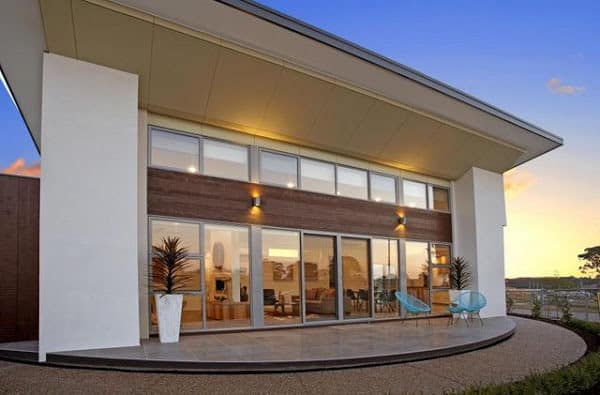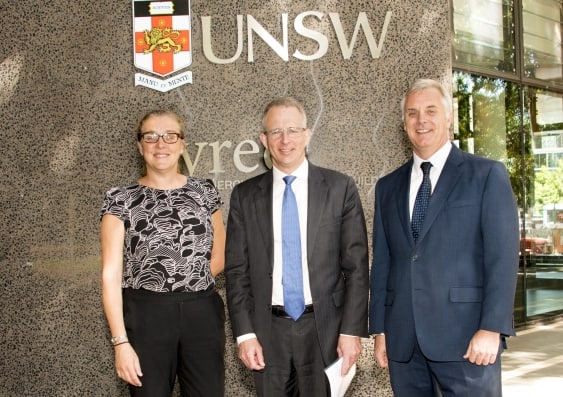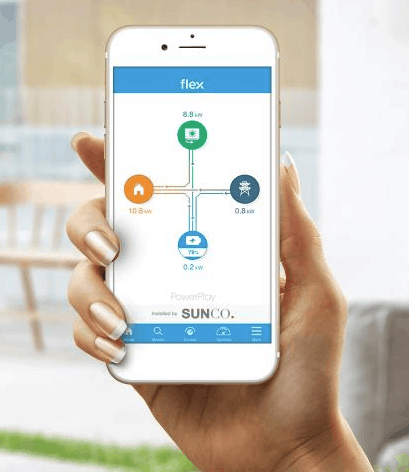Green Power Exchange (GPX) is a startup which is hoping to create a global platform for peer-to-peer renewable energy trading – with the goal of making renewable energy trading simple and convenient – resulting in a lower price because the energy is being sent directly from producer to consumer, cutting out the usual middlemen.
Green Power Exchange
GPX’s solution is to eliminate intermediaries and launch a simple, easy to use peer-to-peer platform to buy and sell renewable energy. The local distributor will still need to be paid for line rental, but apart from that this eschews the traditional energy supply chain which consists of 1) Generation, 2) Transmission, 3) Distribution and 4) Retail. Obviously all steps in the supply chain result in a higher cost per kilowatt so it’s great to see some options where someone can buy directly from the producer.
Crypto Reporting have done some research about Green Power Exchange, how it works, and how much you could save – offering up the example of a producer usually receiving $0.06 USD / kWh from a wholesaler or retailer while the end user is still paying around $0.20 USD / kWh. This is over 300% more than the producer receives – and as the energy goes from transmission to distribution to retail everybody adds on a clip. Not very efficient, and since the producer and end buyer are artificially separated like this, it’s difficult for them to meet and reach an agreement on a price. Enter GPX!
With direct trading, a cost per kWh could be $.1 USD which benefits both parties (the customer would still have to pay line rental to the local distributor which would be around $0.02). In this case the producer receives $.1 USD instead of $0.06 and the customer pays $0.12 instead of $0.20 per kWh.
For GPX to work, you’ll need a smart meter which will be checked and then energy distributed through smart purchase power agreements posted on the blockchain. Given that PPAs will have to differ depending on the jurisdiction, Green Power have set up standard templates for everywhere the platform operates. There’s also the option to upload your own PPA which will then be vetted by the team to ensure it conforms with their standards.

The Pre-ICO for Accredited Investors starts in 98 days as of 05.06.2018, so now’s a great time to start researching the company if it looks interesting to you.
Are you thinking about investing in Green Power Exchange? Have you got any thoughts on this sort of model for the electricity market? Please let us know in the comments!




